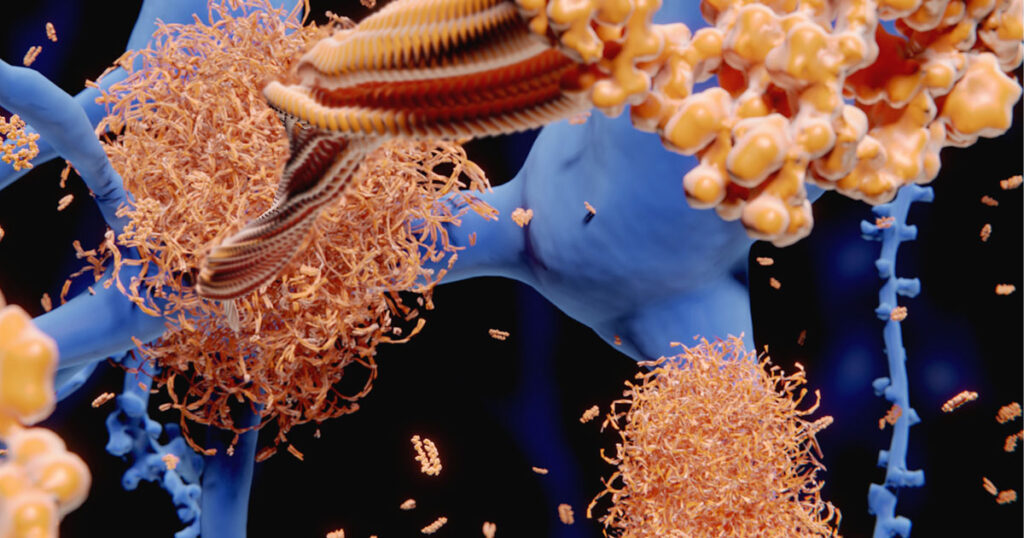What Constitutes a Peptide?
A peptide manifests as a naturally occurring compound comprising two or more amino acids linked by peptide bonds. These bonds form through a covalent interaction between the carboxyl group or C-terminus of one amino acid and the amino group or N-terminus of another during a condensation reaction, releasing a molecule of water in the process. Resultantly, a CO-NH bond is established, giving rise to a peptide or amide molecule. This intricate bonding mechanism characterizes peptide bonds, which are essentially amide bonds.
The term “peptide” derives from the Greek word “πέσσειν,” signifying “to digest.” Peptides constitute fundamental components of biological systems, with thousands occurring naturally within human and animal organisms. Furthermore, ongoing research continually unveils novel peptides, either naturally or synthetically, in laboratory settings. Such advancements hold promising prospects in health-related domains and pharmaceutical advancements.
Peptide Genesis: Natural and Synthetic Pathways
Peptides emerge both organically within organisms and synthetically within laboratory settings. Natural peptide synthesis within the body encompasses processes such as ribosomal and non-ribosomal peptide formations. Conversely, modern laboratory techniques facilitate the synthesis of an extensive array of peptides, employing methods like liquid-phase or solid-phase peptide synthesis, with the latter being the predominant approach. Pioneering efforts in synthetic peptide discovery date back to 1901, with Emil Fischer and Ernest Fourneau’s collaboration yielding the first synthetic peptide. Subsequently, Vincent du Vigneaud’s work in 1953 led to the synthesis of oxytocin, marking a milestone in polypeptide synthesis.

Terminological Insights into Peptides
Peptides are categorized based on their amino acid composition. A dipeptide comprises two amino acids, while a tripeptide consists of three. Oligopeptides encompass a relatively small number of amino acids, typically fewer than ten, whereas polypeptides comprise more than ten amino acids. Notably, peptides surpassing 40-50 amino acids are typically classified as proteins.
However, exceptions to this rule exist, wherein longer peptides, such as amyloid beta, are sometimes considered proteins, and smaller proteins like insulin may be referred to as peptides. This delineation emphasizes the nuanced interplay between peptide and protein classifications.
Peptide Classification: Exploring Diverse Classes
Peptides are broadly categorized into several classes, delineated by their production mechanisms. Ribosomal peptides, synthesized via mRNA translation, often serve as signaling molecules and hormones. Examples include tachykinin, vasoactive intestinal, opioid, pancreatic, and calcitonin peptides. Conversely, nonribosomal peptides are enzymatically synthesized, yielding cyclic or linear structures, prevalent in plants, fungi, and single-celled organisms. Notable instances include glutathione, a pivotal component of antioxidant defenses. Milk peptides, derived from milk proteins, can be generated through enzymatic or microbial fermentation processes. Peptones, derived from milk or meat, serve as laboratory nutrients, while peptide fragments, resulting from enzymatic breakdowns, find application in controlled experimental settings.
Essential Peptide Terminology
- Amino Acids: Constituent molecules of peptides, featuring both amine and carboxyl functional groups. Alpha-amino acids form the building blocks of peptides.
- Cyclic Peptides: Peptides wherein the amino acid sequence forms a ring structure.
- Peptide Sequence: The linear order of amino acid residues connected by peptide bonds.
- Peptide Bond: Covalent linkage between two amino acids, formed via condensation reaction.
- Peptide Mapping: Methodology for determining or validating amino acid sequences in peptides or proteins.
- Peptide Mimetics: Molecules mimicking the biological activity of peptides or other bio-molecules.
- Peptide Fingerprint: Chromatographic pattern resulting from peptide hydrolysis.
- Peptide Library: Collection of peptides featuring systematic amino acid combinations, commonly utilized in biochemical and pharmaceutical research, often synthesized via solid-phase peptide synthesis.




